Ficus ginseng bonsai, also known as the Chinese Banyan bonsai or Ficus microcarpa, is a popular choice for bonsai enthusiasts. With its characteristic thick, aerial roots and dense canopy of glossy leaves, this bonsai tree is a true living work of art. Here is a detailed description of Ficus ginseng bonsai along with care tips to help you cultivate and maintain its health and beauty:
Appearance:
Ficus ginseng bonsai features a thick, bulbous trunk with aerial roots that add to its unique and artistic appeal. The leaves are small, shiny, and oval-shaped, creating a lush and compact canopy. The bonsai’s overall shape can be manipulated through pruning and training to create different styles, such as formal upright, informal upright, or cascade.
Light:
Place your Plant in bright, indirect light. It thrives in well-lit areas but should be protected from direct sunlight, as it can scorch the leaves. Rotate the bonsai periodically to ensure even light exposure and balanced growth.
Temperature:
It prefers moderate temperatures between 60°F to 75°F (15°C to 24°C). Protect it from extreme heat or cold drafts, as it is sensitive to temperature fluctuations. Avoid placing it near heaters or air conditioning vents that can dry out the foliage.
Watering:
Water your plant thoroughly when the top inch (2.5 cm) of soil feels slightly dry. Water the soil evenly, allowing it to soak through the root ball and drain out from the drainage holes. Avoid overwatering or letting the bonsai sit in standing water, as it can lead to root rot. Adjust the watering frequency based on the environmental conditions and the bonsai’s needs.
Humidity:
It appreciates moderate to high humidity levels. Increase humidity by misting the leaves regularly or placing a humidity tray filled with water and pebbles beneath the bonsai. Grouping bonsai together can also create a more humid microclimate. Avoid placing the bonsai near heating or cooling vents, which can reduce humidity.
Soil:
Use well-draining bonsai soil that retains some moisture. A mixture of akadama, pumice, and lava rock works well for Ficus ginseng bonsai. Ensure proper drainage by using a bonsai pot with drainage holes.
Fertilization:
Feed your plant with a balanced, slow-release bonsai fertilizer or a liquid fertilizer diluted to half the recommended strength. Apply the fertilizer every four to six weeks during the growing season (spring and summer). Reduce or stop fertilization during the dormant period (winter).
Pruning and Training:
Regular pruning is essential for maintaining the desired shape and size of your Ficus ginseng bonsai. Trim back new growth to encourage branching and maintain the bonsai’s overall form. Wiring can be used for training and shaping, but care should be taken to avoid wire cutting into the tree’s bark.
Repotting:
Repot your Ficus ginseng bonsai every two to three years to refresh the soil and provide space for root growth. Repotting is typically done during the spring season before new growth starts. Trim back any excessive root growth during repotting.
Pests and Diseases:
Monitor your Ficus ginseng bonsai for common pests such as aphids, mealybugs, and scale insects. Treat any infestations promptly with insecticidal soap or horticultural oil. Avoid overwatering to prevent root rot and ensure good airflow around the foliage to prevent fungal diseases.
With proper care and attention, your Ficus ginseng bonsai will thrive and become a captivating centerpiece, showcasing the beauty of nature in miniature form. Enjoy the rewarding experience of nurturing and shaping this living masterpiece.

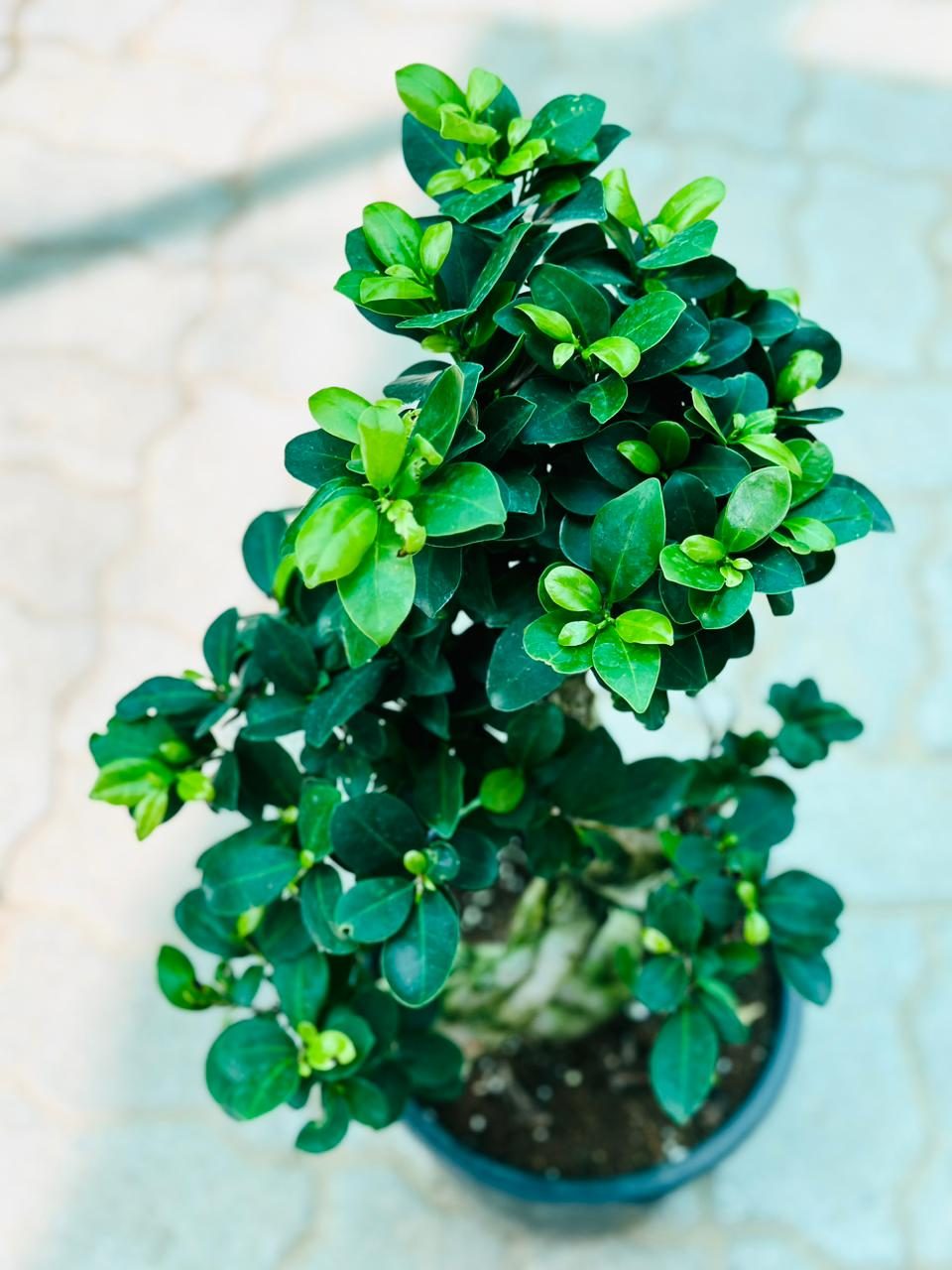
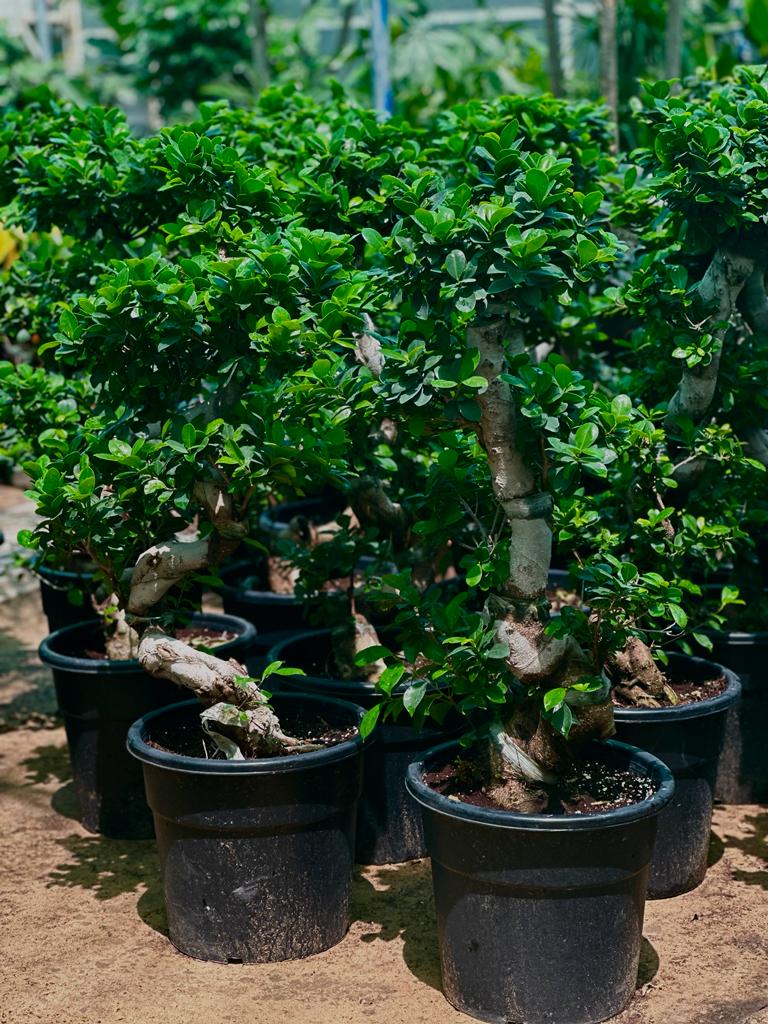
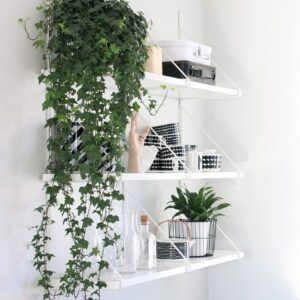

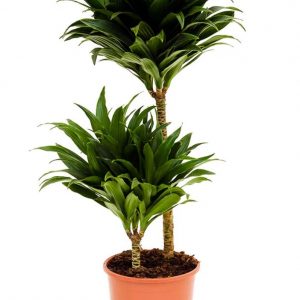
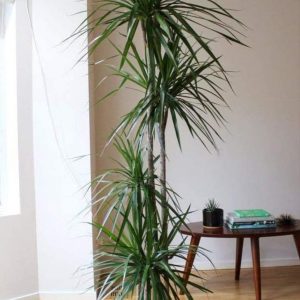
Reviews
There are no reviews yet.